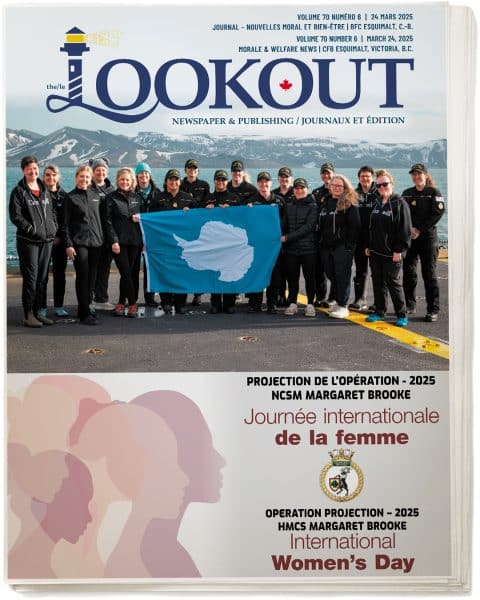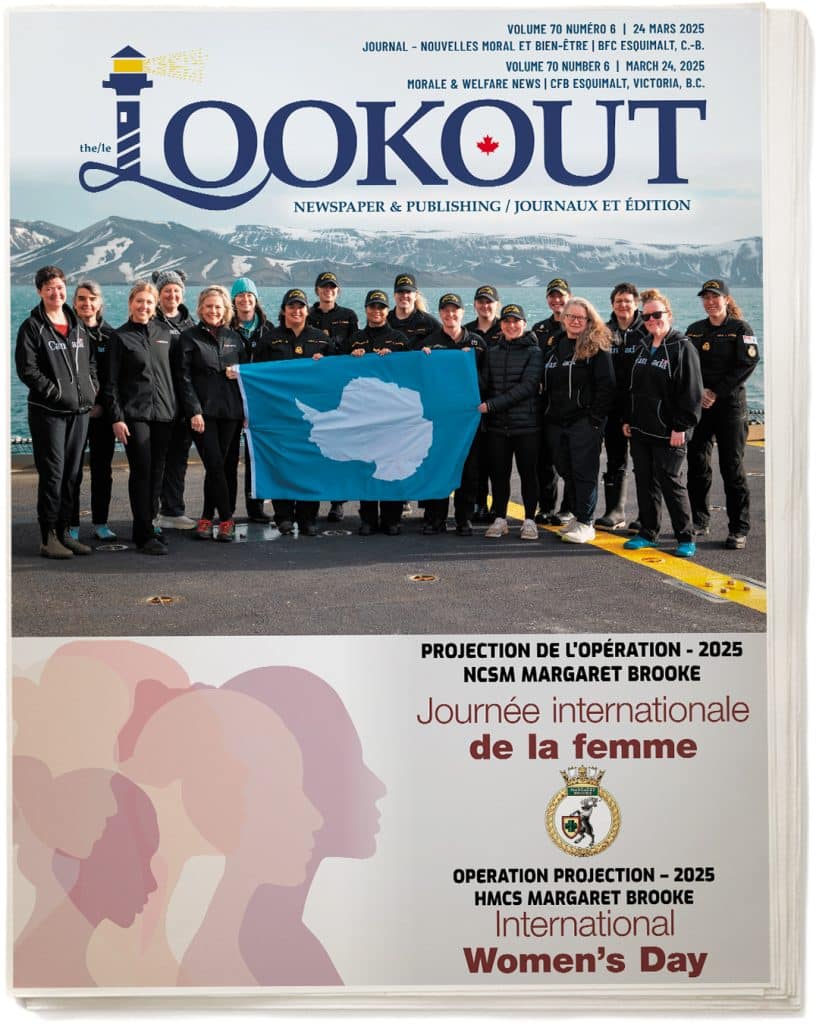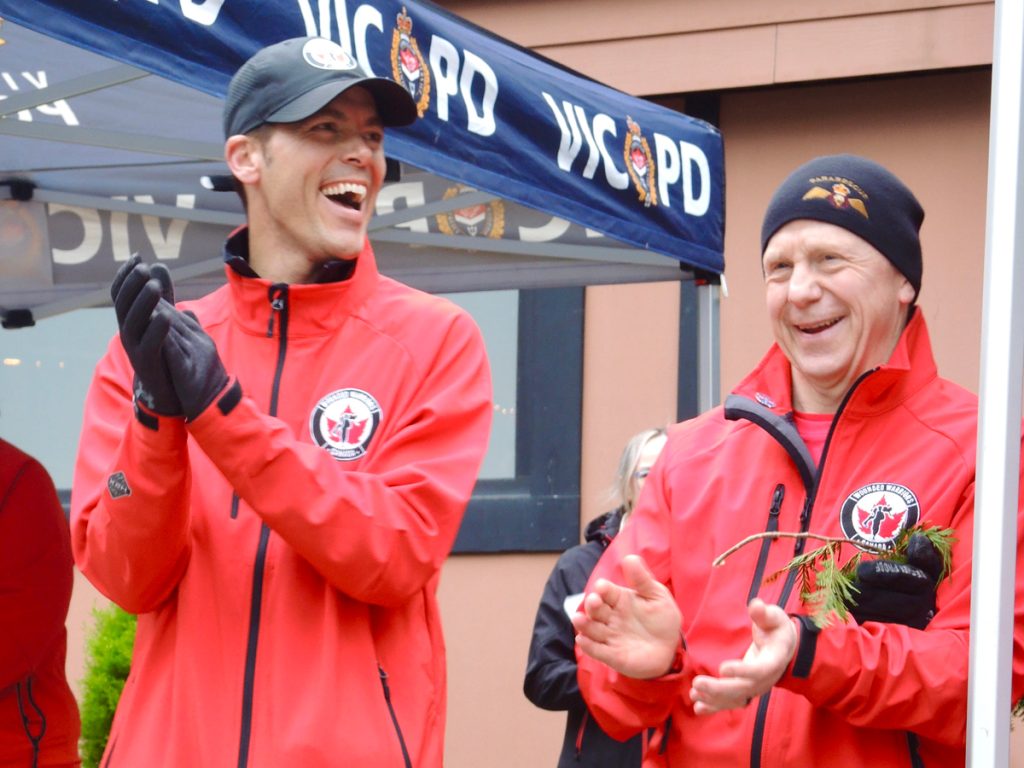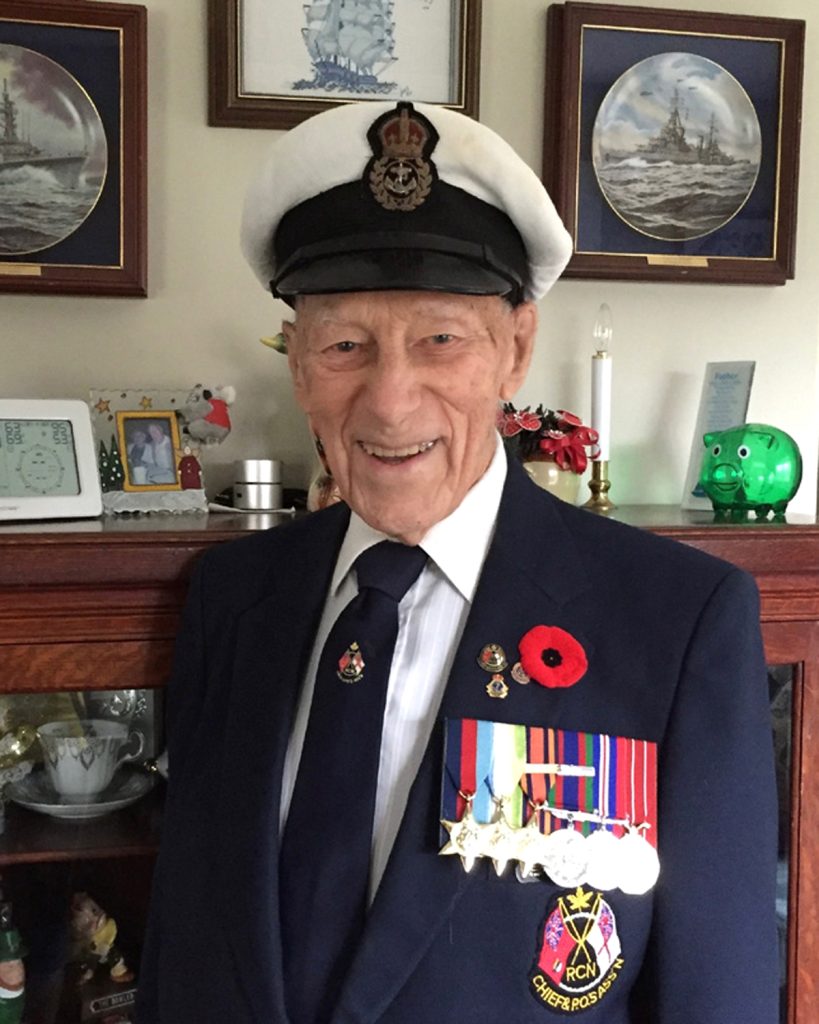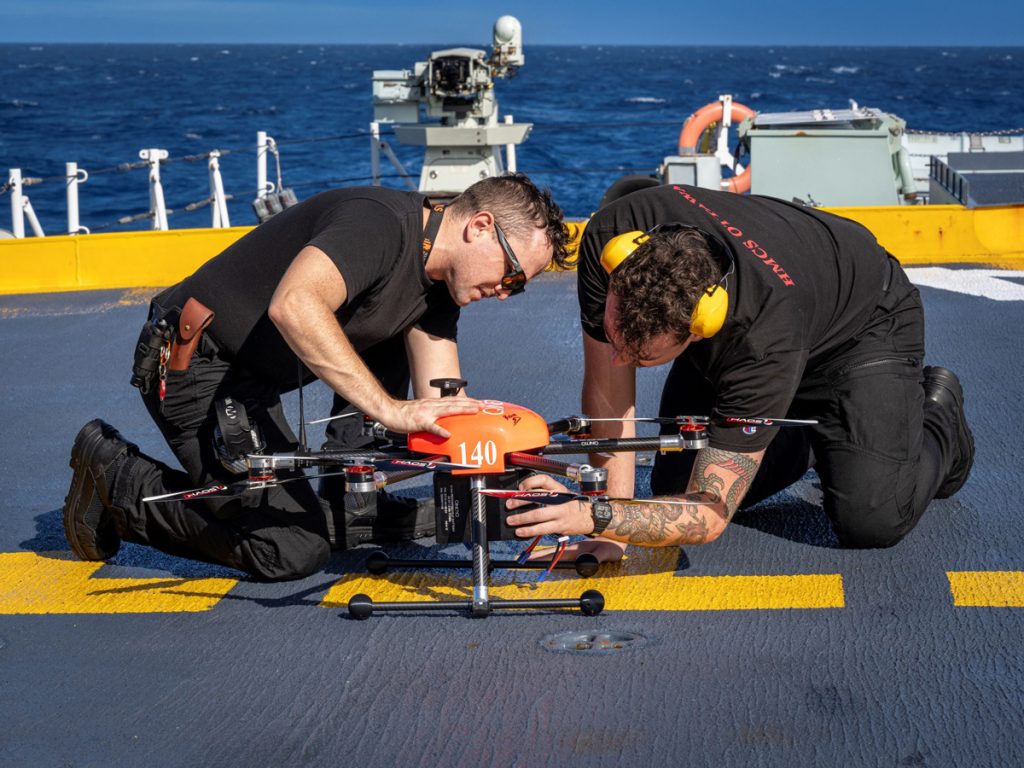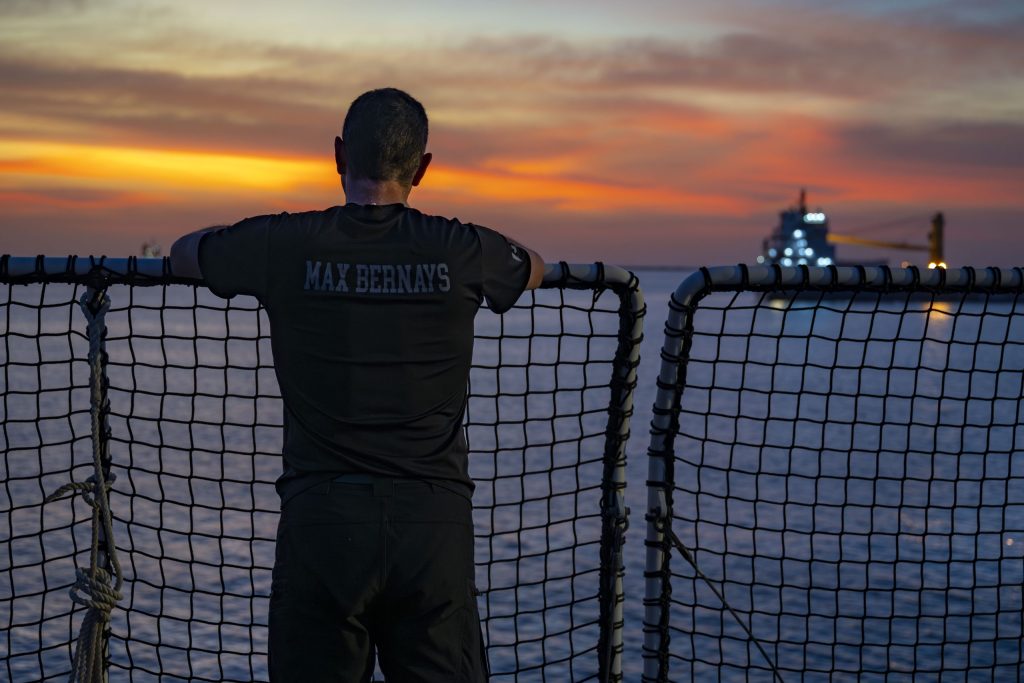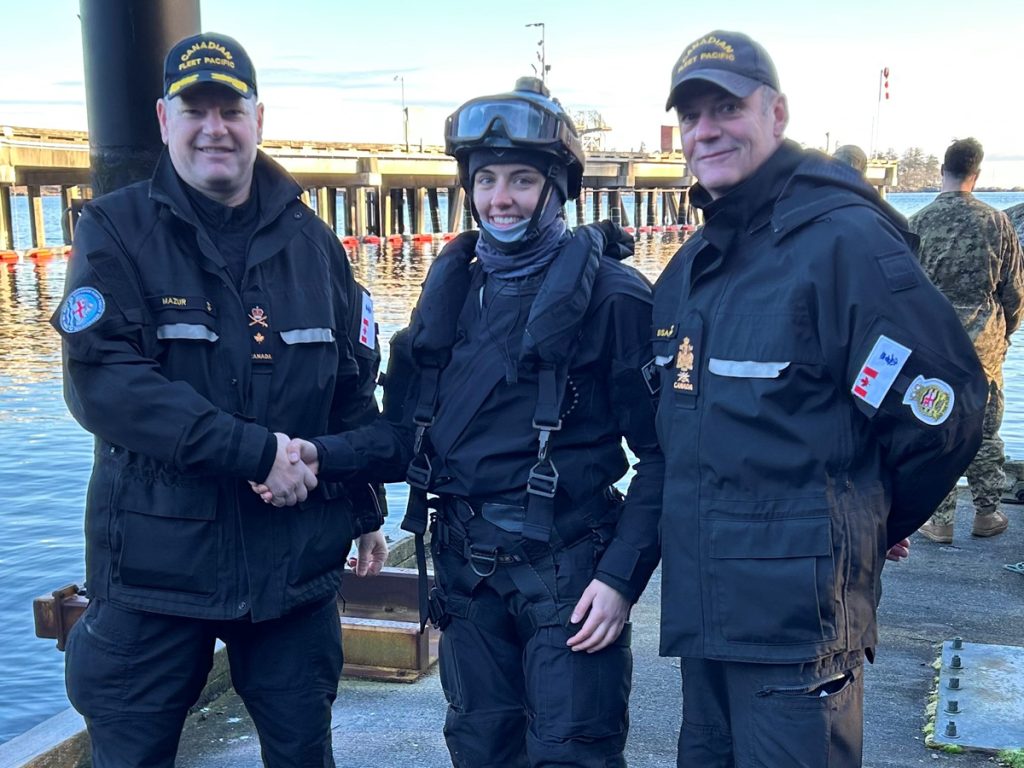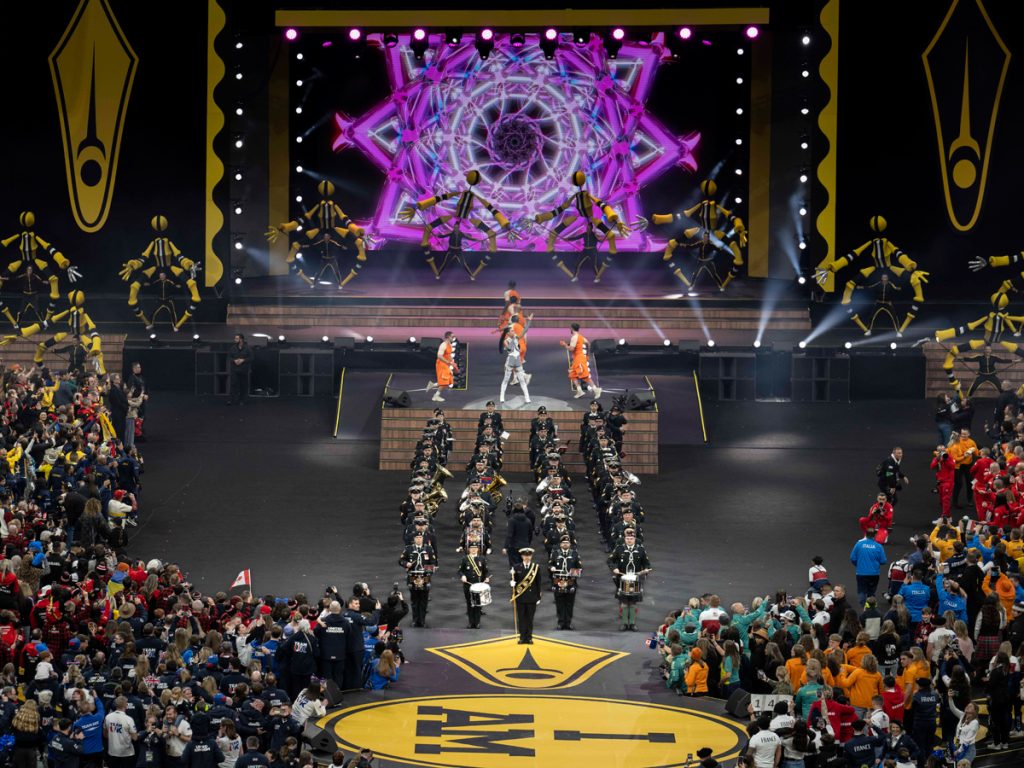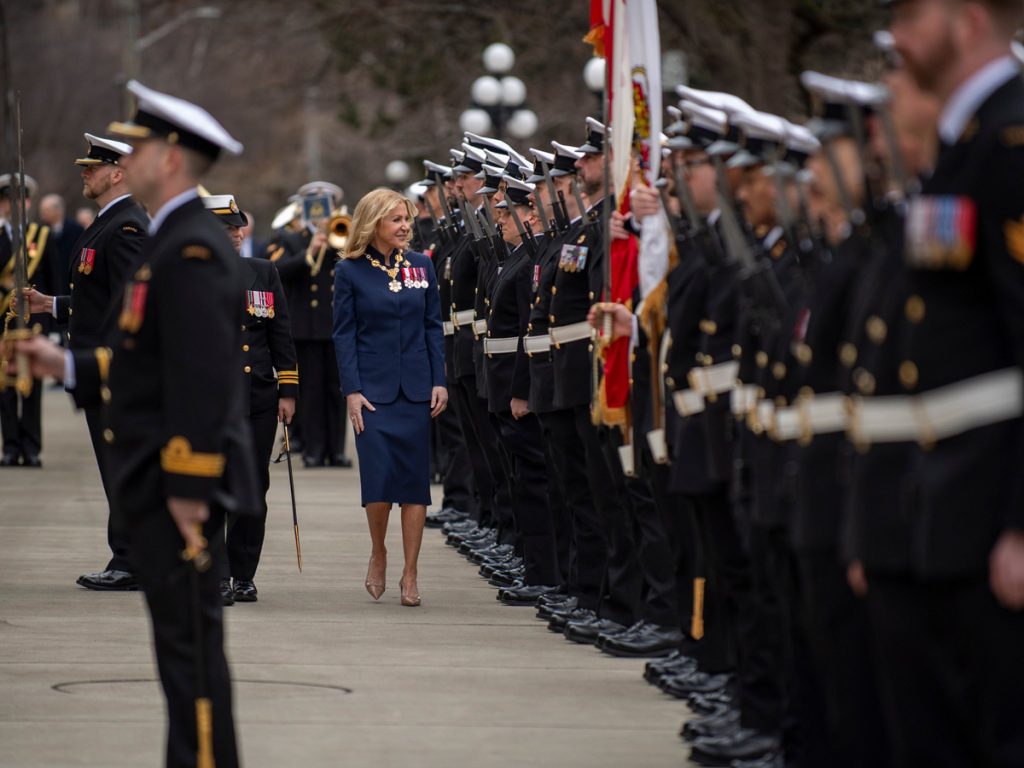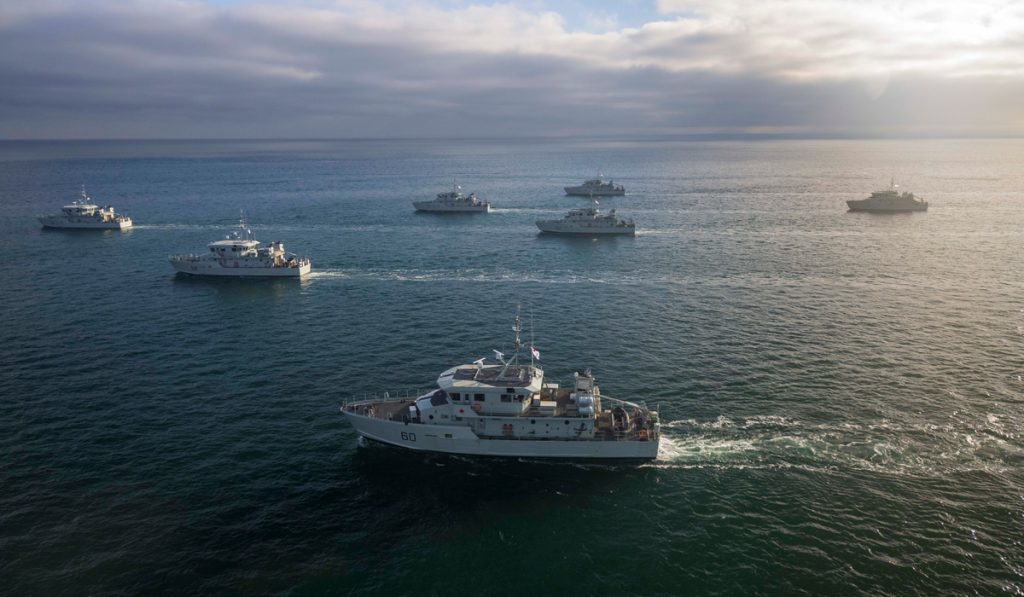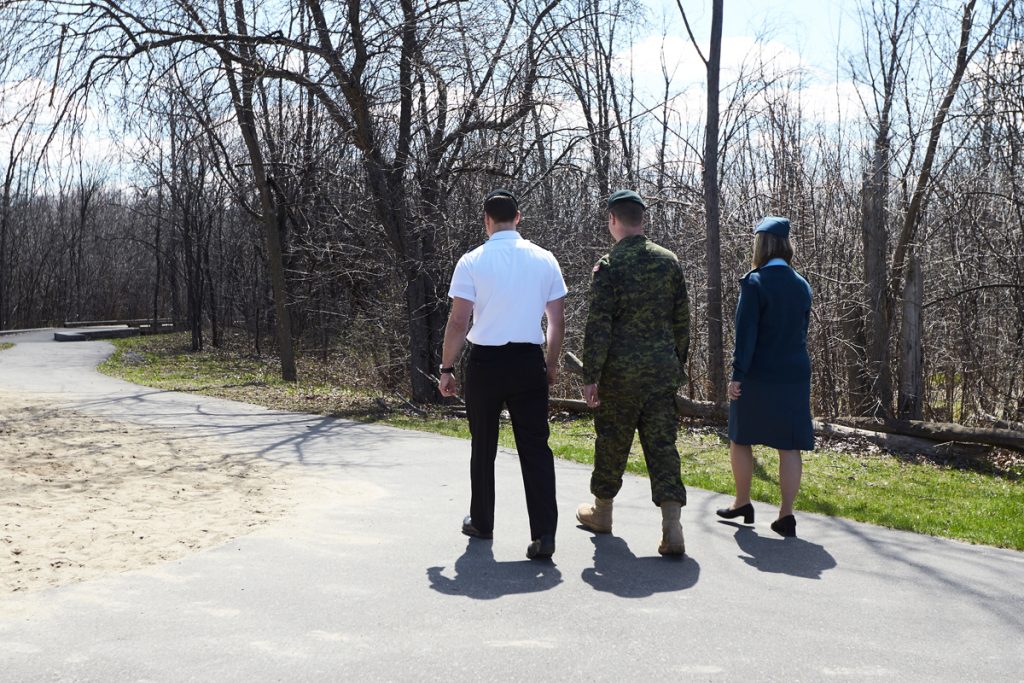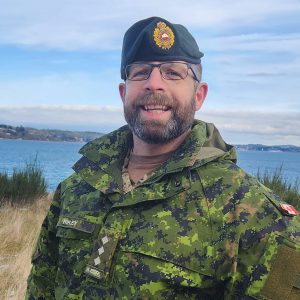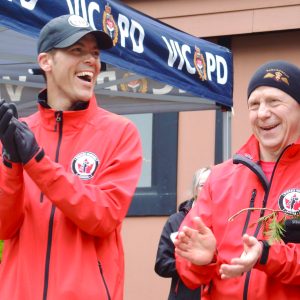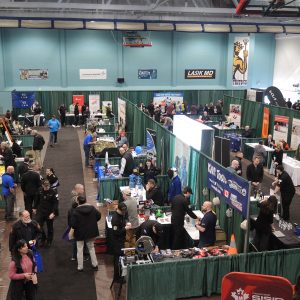
Exercise ROGUISH BUOY 2025
Canadian and Latvian Divers Jump From CH-148 Cyclone in High-Stakes Helocasting Jazmin Holdway with contributions by Andrea Modesto Lookout Newspaper Canadian combat engineer diving specialists (combat divers) from Gagetown, Valcartier, Petawawa, and Edmonton joined forces with port inspection divers from three Naval Reserve divisions and Latvian divers to train in this year’s iteration of Exercise Roguish Buoy, the Canadian Army’s only collective dive exercise held this year between Jan. 20 and Feb. 15 at CFB Albert Head in Metchosin, B.C. Helocasting is an insertion technique used when land access is not readily available and involves dispatching divers from a helicopter into the water to conduct operations such as area search and obstacle clearance, according to Master Corporal (MCpl) Mark Suffoletta, a member from 2 Combat Engineer Regiment based in Petawawa, Ont. who was involved in the exercise. He explained how crucial this training opportunity is for combat divers, preparing them for real-world scenarios in which the mobility of friendly forces is at stake. “What I like to say is we’re combat engineers underwater, so we do all the capabilities that combat engineers do, but below the surface,” he said. “When we say obstacle clearance, that’s clearing debris and anything that may impede our forces from coming in.” Captain (Capt) Willis Ripley, exercise director for Roguish Buoy 2025, highlighted the value of training in such dynamic environments. “Helocasting is just one tool in our toolbox,” he said. “It allows us to get members into the water in austere situations where traditional transport isn’t an option. This skillset could be used in scenarios like mine-clearing operations, obstacle removal, or responding to a crash in a remote area.” The exercise tested critical combat engineering capabilities by placing dive teams in a multitude of scenarios including search and recovery of sunken equipment, clearing shorelines from...
